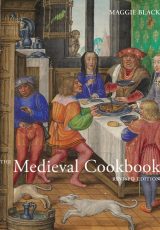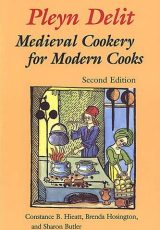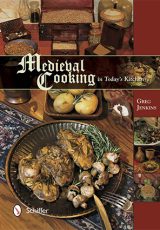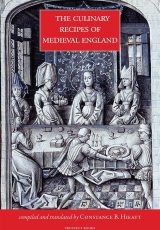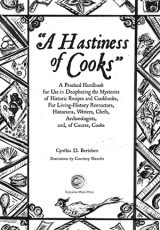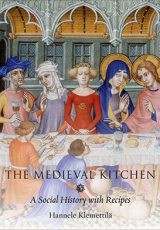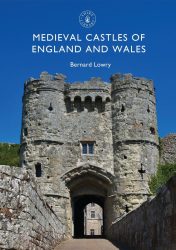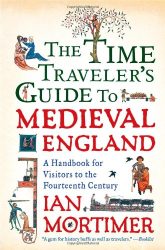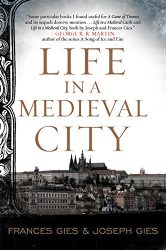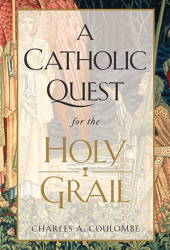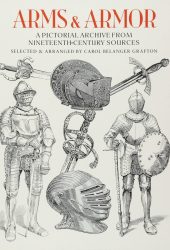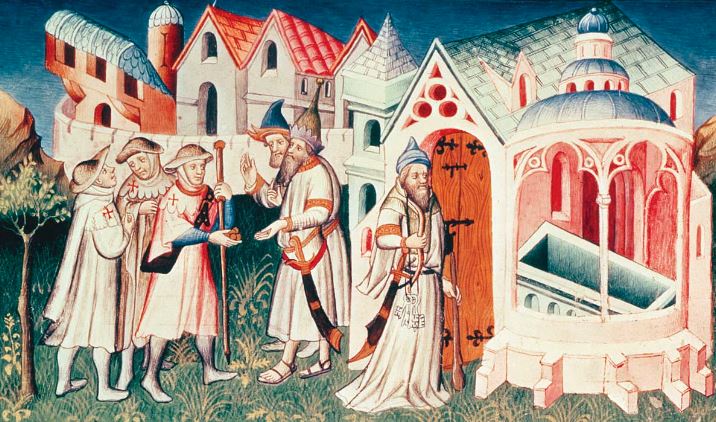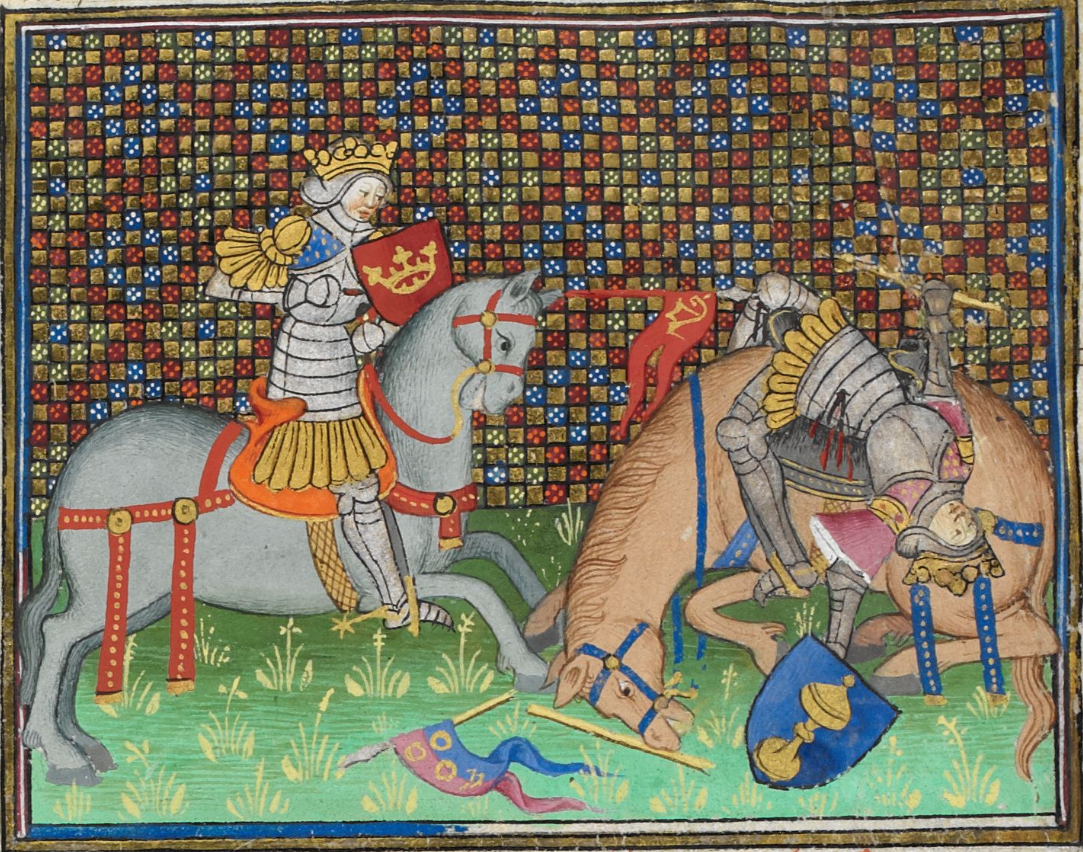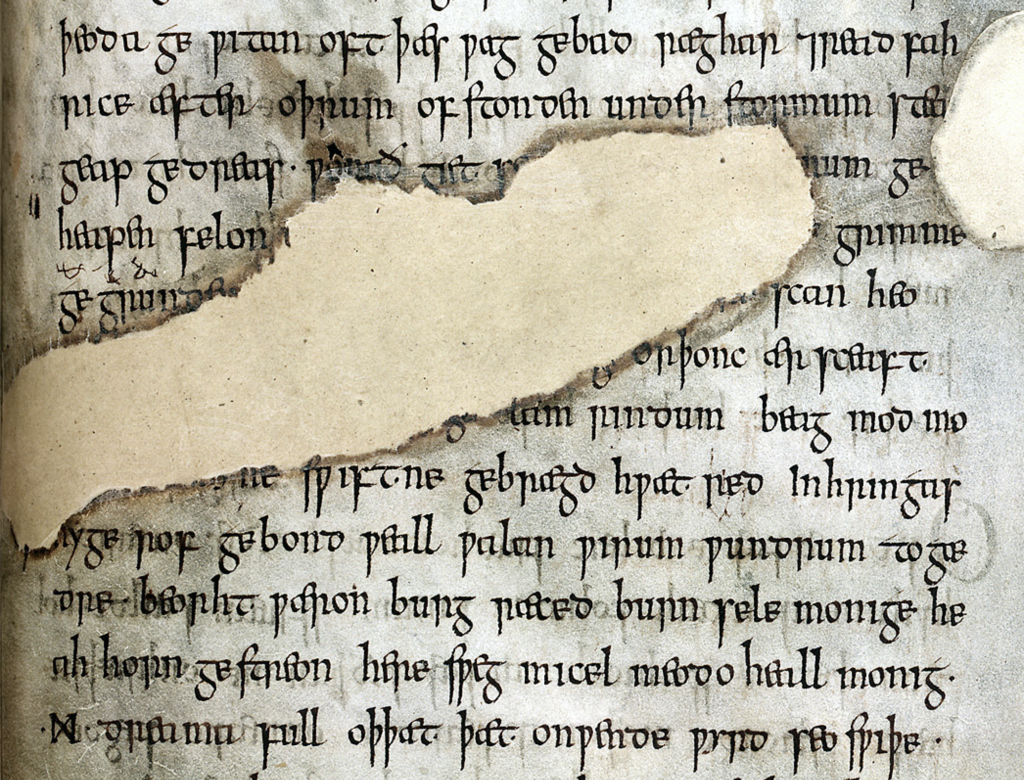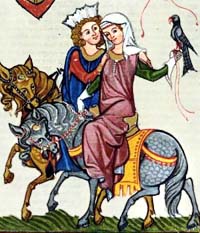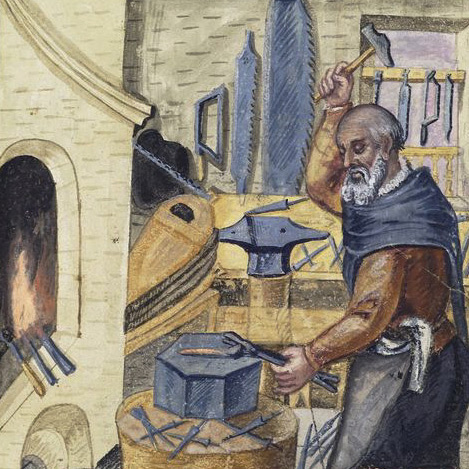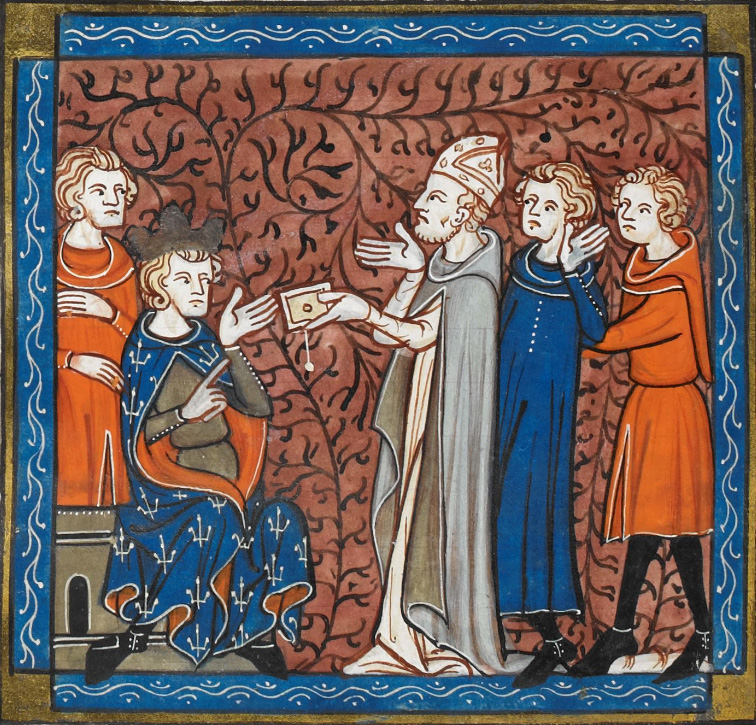When we talk about European medieval cuisine, we refer to the diets and cooking habits of cultures during the 5th to the 15th century.
People in the Middle Ages prepared their food over an open fire, sometimes shared by everyone on the premises of a town. The staple foods of the Middle Ages were bread and cereal. Poor people usually ate barley, oats, and rye – wheat (used in bread, porridge, gruel, and pasta) was reserved for the rich. Rice and potatoes were introduced later and only became widespread after the 1530s. In the late Middle Ages, a type of more refined cooking was developed, setting standards for the nobility all over Europe. This change introduced almonds, black pepper, saffron, ginger, wine, and vinegar among others.
Medieval Dietary Norms
Medieval people’s cuisine depended heavily on cereals – particularly various types of wheat. Around the 9th century, up to three-quarters of people’s diet was based on them.
The Influence of the Church
The Roman Catholic Church had a great influence on people’s eating habits. For example, most Christians were forbidden from eating meat for a third of the year. During Lent and fast, eggs and dairy products (sometimes fish as well) were also off the table.
Feasts were usually alternated with fasting periods in an effort to teach self-restraint through abstention. However, there were frequent pragmatic compromises (like very broad definitions for what “fish” meant). From the 13th century on, even when certain foods were more restricted, nobles still made sure to dine in style.
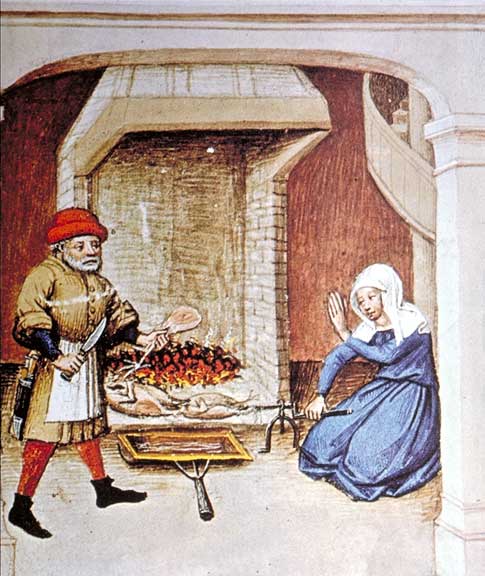
Cuisine and Social Class
Medieval society was highly stratified, and food was an important marker of social status. Political power was usually displayed through wealth. Nobles dined fresh games seasoned with exotic spices, while rough labourers had to do with coarse barley bread and beans. It was also believed that a lord had a more discriminating digestive system than a rustic subordinate.
Diet and Medicine
What was considered healthy and nutritious in the Middle Ages was influenced by the medical sciences of the time. All types of food were assigned certain properties that could affect a person’s health. Food was also classified from hot to cold and moist to dry and linked to Galen’s theory of the four bodily humours. The most ideal food was the one that matched the humour of human beings – moderately warm and moist. The stomach was usually “opened” with a sweet aperitif and closed with a digestive dragée.
Caloric Content
For most medieval people, the diet tended to be high-carbohydrate – and mostly based on cereals and alcohol. Meat wasn’t highly valued or readily available to the lower classes, although its share increased to about 20% of the daily calory intake after the Black Death. People engaged in particularly heavy physical labour, as well as sailors and soldiers, may have consumed about 3,500 calories a day.
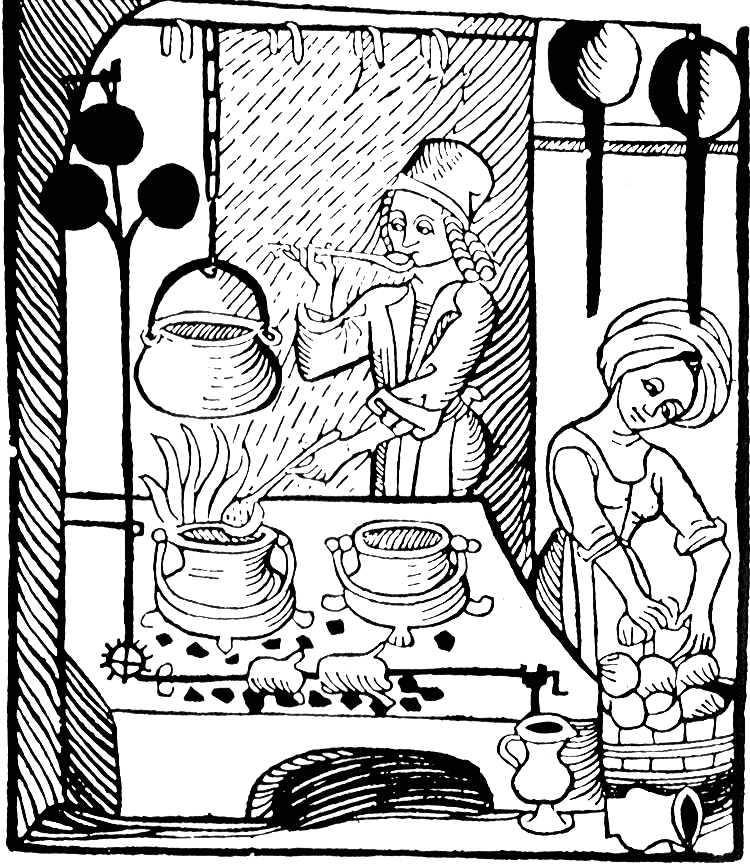
Medieval Etiquette
Medieval meals were communal affairs. The entire household would dine together, including servants.
"forbid dinners and suppers out of hall, in secret and in private rooms, for from this arises waste and no honour to the lord and lady."
English bishop Robert Grosseteste's advise to the Countess of Lincoln, 13th century. Tweet
Towards the end of the Middle Ages, rich hosts retired to private chambers to enjoy their meals in greater exclusivity and privacy. Being invited to a lord’s chambers was a privilege and a reward for friends and allies. However, at major occasions and banquets the host and hostess generally dined in the great hall with the other diners.
Not much is known about the table manners of the common people, but wealthier guests were offered linen towels before and between courses so they could wash their hands. Fine dining was a predominantly male affair, and wives tended to join the dinner only after the potentially messy business of eating was done.
People from lower ranks were expected to help those of higher, the younger the elder, and men women. Shared drinking cups were common and those sat at the high table also broke bread and carved meat for their fellow diners.
Serving and Eating Food
Food was served on plates or in stew pots. Diners took their share and placed it on trenches of stale bread, wood or pewter using either a spoon or their bare hands. poorer households ate straight off the table. Most people were executed to bring their own knife and it was usually shared with someone else. Forks were not really in use during medieval times.
Medieval Drinks
During medieval times, alcoholic beverages were preferred to water. They were seen as more nutritious and less prone to putrefaction. The common drink in northern parts of the continent was beer or ale.
Medieval people also consumed fruit juices, mulberry, and cider. Prunellé was made with wild plums, while mead can be found on a variety of Middle Ages recipes. Plain milk was not consumed by adults unless they were poor or sick.
Life of a Medieval Cook
Some cooks worked in castles or manors. They were in charge of preparing meals, cleaning the kitchen, and learning the family’s favourite recipes by heart. They were generally regarded as important members of society.
Learn more: Life of a Medieval Cook

